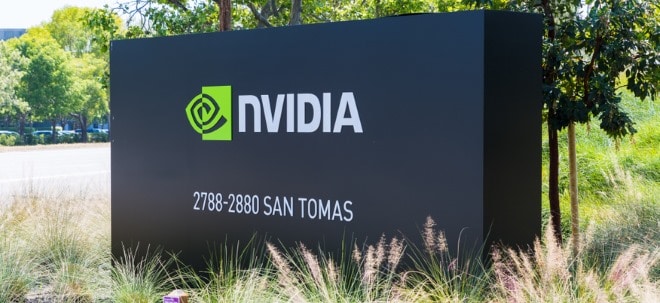Ready or Not: Most HR Leaders Say They're Prepared for Change--Are Their Organizations?
NEW YORK, July 22, 2025 /PRNewswire/ -- From rapid advances in AI to geopolitical volatility and evolving workforce expectations, organizations are facing historic levels of change. And yet, most HR leaders and workers are optimistic that they can successfully adapt—if they take the right steps.
According to new research from The Conference Board, most HR leaders (73%) and workers (60%) report being confident or very confident in their organizations' ability to manage future change. But the data reveals a disconnect: Leaders are less likely than employees to view past change efforts as successful—pointing to gaps in measurement, communication, and alignment.
In addition, the reports outline several key practices for successfully managing change, from embedding change management capabilities across the organization to building a culture that embraces transformation.
"Too often, change management is reactive, inconsistent, or entirely overlooked," said Erka Amursi, Principal Researcher, Human Capital, The Conference Board. "But our data show that intentional, inclusive strategies can dramatically improve the odds of successful change adoption—and the confidence that comes with it."
The twin reports—Building Change-Ready Organizations In an Evolving World and Change Management: Key Practices for Successful Adoption—draw from surveys of 170 US human capital leaders and 538 workers conducted from March to April 2025. Key highlights include:
Why Change Fails
Change initiatives most often fail because of people-related challenges. Change management can help.
- Resistance: Employees may resist adopting organizational changes because they don't believe that the suggested change is the right thing to do, that it will bring the anticipated outcomes, or that it is in their personal best interest.
- Perception of loss: Employees may fear losing a position or influence, having less opportunity to use mastered skills, or losing autonomy over the decisions already made by the organization.
- Change fatigue: Frequent, fragmented change efforts without consistent support may leave workers burned out and disengaged.
Building Blocks of Change Success
Invest in change management resources and capabilities.
- Invest in full-time change management teams.
- Build change management skills at every level of the organization.
- Increase business literacy to enhance agility.
Create a culture of change.
- Treat change as a constant, not a one-off event.
- Foster psychological safety, trust, transparency, agility, continuous learning, and resilience.
The Six Pillars of Effective Change Management
1. Address the past
- Leaders and workers who see recent change adoption as effective are more likely to believe they can handle what's next.
- Systematic evaluation of prior initiatives, data-driven insights, and storytelling that highlights real lessons learned can strengthen readiness for future transformation.
2. Align leadership
- Organizations where leaders effectively sponsor change see higher success rates in adoption.
- Most survey respondents consider leadership's sponsoring of changes over the past year effective (42% of leaders and 33% of workers) or very effective (31% of leaders and 26% of workers).
3. Engage affected employees
- When workers are engaged, their resistance drops, and their ownership increases.
- Yet nearly half of HR leaders and workers say engagement has been lacking.
- Tools like impact assessments, sentiment analysis, and peer-led change networks can help organizations understand how employees are affected and tailor strategies to meet their needs.
4. Create a tailored communications plan
- More than just messaging, effective change communication is a dynamic, two-way process that ensures the message is understood, accepted, and acted upon.
- Leaders must clearly articulate the rationale behind changes, address employees' personal impacts, and actively listen to feedback.
- There is a correlation between effective change communication and successful adoption.
5. Continuously measure results
- Regular feedback—surveys, town halls, and open channels— helps leaders make real-time course corrections.
- AI tools increasingly play a pivotal role in monitoring employee sentiment, identifying resistance, and customizing change strategies.
- Organizations that leverage AI-driven data and feedback loops can pivot faster and more effectively as change unfolds.
6. Train and support staff
- The more effectively resources and training are used in the change management process, the more successfully change is adopted by employees.
- Leaders and workers remain split on whether their organizations are getting it right.
- When resources are grounded in adult learning principles—like relevance, autonomy, and clear goals—adoption improves.
About The Conference Board
The Conference Board is the member-driven think tank that delivers Trusted Insights for What's Ahead™. Founded in 1916, we are a non-partisan, not-for-profit entity holding 501 (c) (3) tax-exempt status in the United States. www.ConferenceBoard.org
![]() View original content to download multimedia:https://www.prnewswire.com/news-releases/ready-or-not-most-hr-leaders-say-theyre-prepared-for-changeare-their-organizations-302511130.html
View original content to download multimedia:https://www.prnewswire.com/news-releases/ready-or-not-most-hr-leaders-say-theyre-prepared-for-changeare-their-organizations-302511130.html
SOURCE The Conference Board


